Tabriz ,the 4th most populated city in Iran after Tehran, Mashhad & Isfahan, with a population of 1,559,00, is the largest city for Iranian Turk people. Discovered bodies from excavates around Blue mosque of Tabriz proves that the city is at least 3000 years old. Most of Tabrizi people speak “Azerbaijani Turkish” language but there is also an Armenian minority who speaks Armenian language.
Tabriz was Iran’s capital during the dynasties of Qara Qoyunlu, Aq Qoyunlu & Safavides (the first capital of Shia Islam in the world) and was Iran’s crown predominantly during Qajar dynasty.
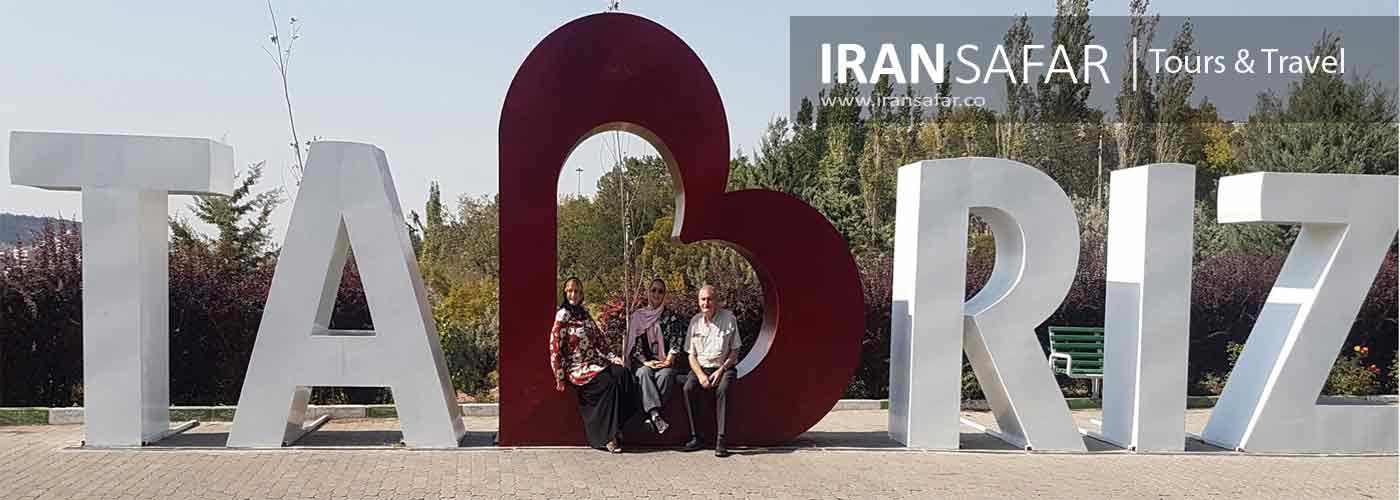
Tabriz is known as the city of “First-Evers” because many of inventions and innovations took place in Tabriz for the first time in Iran. The first printing press of Iran, modern library, cinema, kindergarten, school, the deaf school, modern coin mints, bill printing, chamber of commerce, municipality, telephone, power plant, and fire stations, were established in Tabriz for the first time in Iran.
What to see in Tabriz?
First foundation of Tabriz dates back to 4500 years ago. It has been the capital of Iran in the past under several kingdoms. Tabriz is one of the most modern cities in Iran and is considered as the economic, commercial and industrial hub of northwestern Iran. Tabriz is one of the best tourist destinations in Iran with its old museums and historical monuments, nature and scenic landscapes of Azerbaijan region. In this article, we will introduce the most important sights of Tabriz:
EL Goli park (Shah Goli)
El means ‘people’ and Gol means ‘pool’ in Turkish language. Therefore, El Goli means a pool that belongs to people. El Goli Park is the leading touristic pole of Tabriz due to its natural beauties. The awesome feeling of walking in the nice and fresh coolness of this park can never be compared to any other landmarks of Tabriz. El Goli Park is facilitated with a various range of entertaining equipments and nice cafes.
The water in the pool acted as a source for watering the gardens around the Eastern region of Tabriz.
This nice pool was built during the reign of Aq Qoyunlu Dynastythe, later in Safavid era, The pool was emptied of water and was filled with pebbles, sand, and the waste produced in the surrounding area. Quite the contrary, much care was given to El Goli Park in Qajar era. Some routes were constructed around the pool for the ease of walking. Many trees of different kinds were also planted for the sake of beauty. The two-storey mansion was also built in the center of the pool upon the command of the ruler of the time and today it is a resturanat.
Its architecture follows the same rules and basis of Persian gardens: A pool or lake with a mansion in its center and a garden with dense trees around.
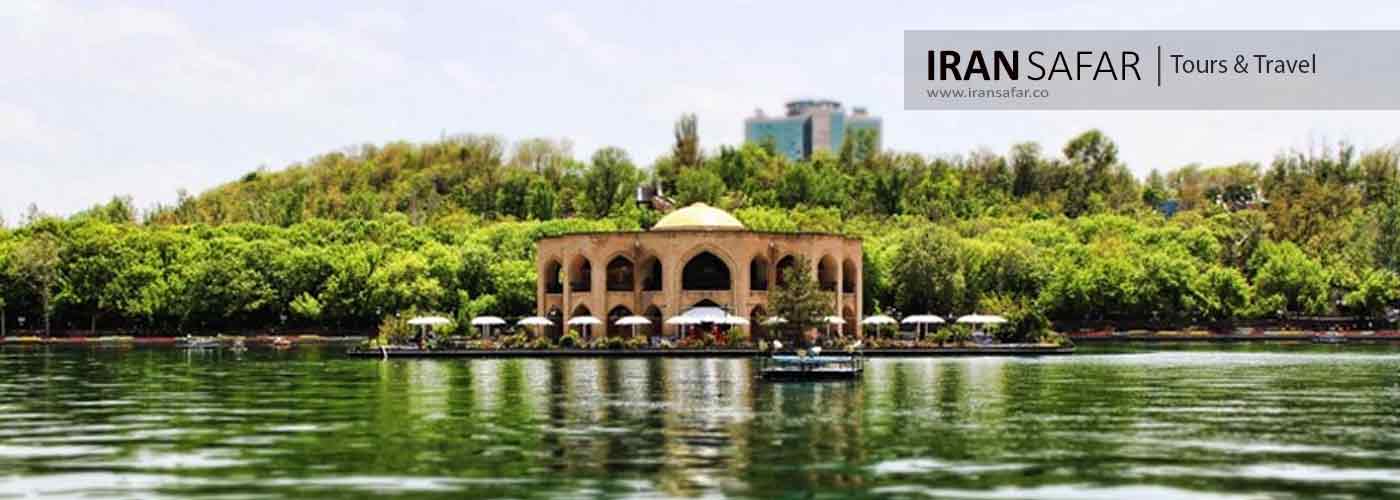 EL Goli park,Tabriz
EL Goli park,Tabriz
Blue Mosque of Tabriz | Masjed-e Kabud
The Blue Mosque or Jahan Shah Mosque is one of the architectural masterpieces of the Islamic era in Tabriz.The mosaics on the very high transom of the mosque and the architectural features of the building have attracted the attention of visitors and archaeologists throughout history so that it is called the “Turquoise of Islamic world”.
This mosque has been built under the supervision of the wife of Abol Mozaffar Jahan Shah ibn Qara Yusuf, the leader of Qara Qoyunlu.
Mosaic of the Blue Mosque is an example of the feat of Timurid architecture. The dome-shaped arches of the mosque and its minarets with special decorations reflect the Timurid architecture. Motifs and wall designs on the gypsy surface and outstanding mosaics by using Muqarnas as the ornament represent the unique manifestation of the architecture of this era.
Many engineers worked to build this mosque. The architecture of this magnificent building with its dome-shaped Shabestan and lateral chambers shows that the architects were expert in geometry, art, and mathematics.
Although the mosque was almost destroyed by an earthquake in 1779 , but the restoration started right after it. Furthermore, in 1966, Mr.Reza Memaran, a skilled Iranian architect, reconstructed the mosque.
The dome of the Blue Mosque is one of the greatest brickworks of Islamic architects of the 15th century; the division of the dome’s weight on its numerous foundations has made it one of the finest examples of architecture in its time.
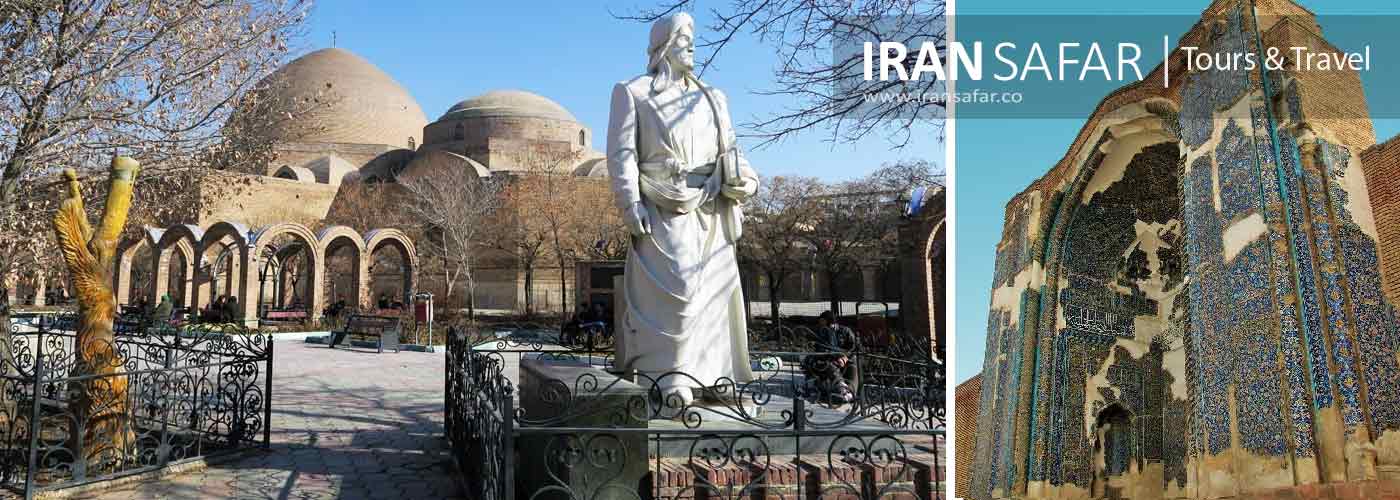 Masjed-e Kabud, Tabriz
Masjed-e Kabud, Tabriz
Tabriz Grand Bazaar
The bazaar of Tabriz is an example of the Iranian traditional marketplace, located in the city center. as Tabriz has always been an an important city on the Silk Road; the Bazaar of Tabriz is the most important trade center for both the locals of the city and the north-western region of Iran. In fact, the long history of the Bazaar can be assumed based on its contribution to the Silk Road. The bazaar has been visited by many notable travelers such as Marco Polo, Ibn Battuta, Chardin, John Cartwright, etc. This bazaar was the first bazaar in the whole world listed as the UNESCO World Heritage site in 2010.
The huge bazaar of Tabriz covers an area of more than one square. It stretches to the Aali Qapu mansion in the east, the congregational mosque of Tabriz in the west, and Meydan Chayi river in the south. This spectacular grand bazaar has been formed by many smaller bazaars and each bazaar contains several halls called “Timcheh“. Mozaffariyeh is the most beautiful Timcheh of Tabriz bazar and is dedicated to carpet trading. there are also many mosques and religious schools in the bazaar.
The original 11th-century construction of the bazaar has been renovated and expanded during different eras, especially after the earthquake of Tabriz in 1779; the bazaar was reconstructed by the ruler of the time, Najaf Qoli Khan Donboli.
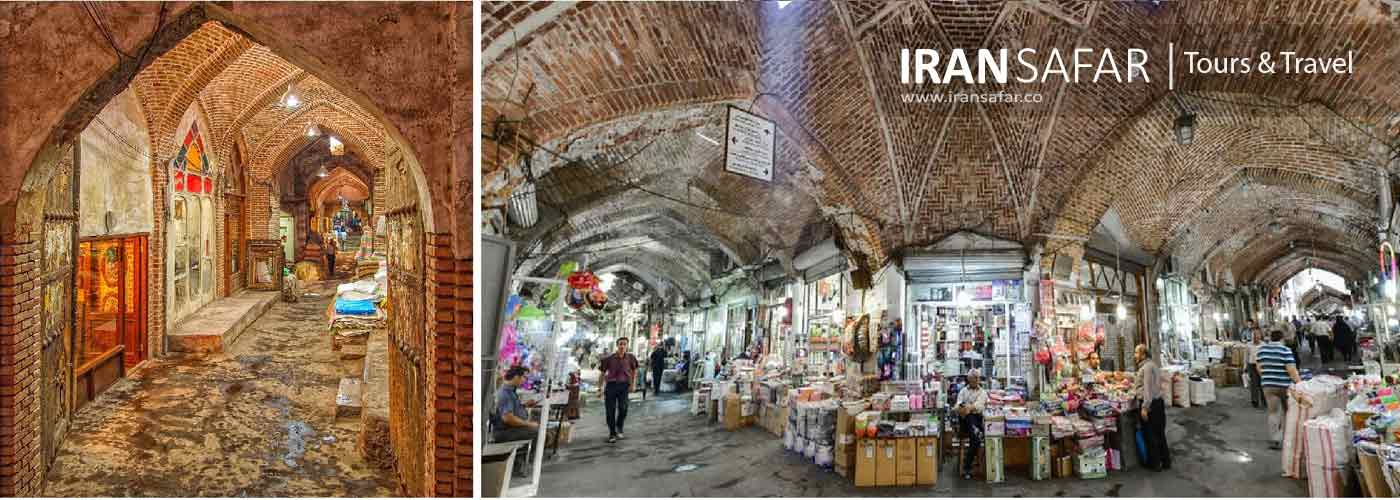 Bazaar of Tabriz
Bazaar of Tabriz
Azerbaijan Museum
The Azerbaijan Museum of Tabriz was established in 1962 and is currently one of the largest museums in Iran. With three exhibition halls measuring 37 by 12 meters and several office rooms and a library, the total area of the Azerbaijan Museum is 2400 square meters.
The Azerbaijan Museum offers historical and artistic works dating back to the pre-Islamic and Islamic eras. At present, this Museum has an important and valuable treasure containing twelve thousand pieces of antiques and art objects, of which 2300 pieces have been registered, and due to lack of space, a limited number of these works are on display in different parts of the museum. For lovers of history, culture and art.
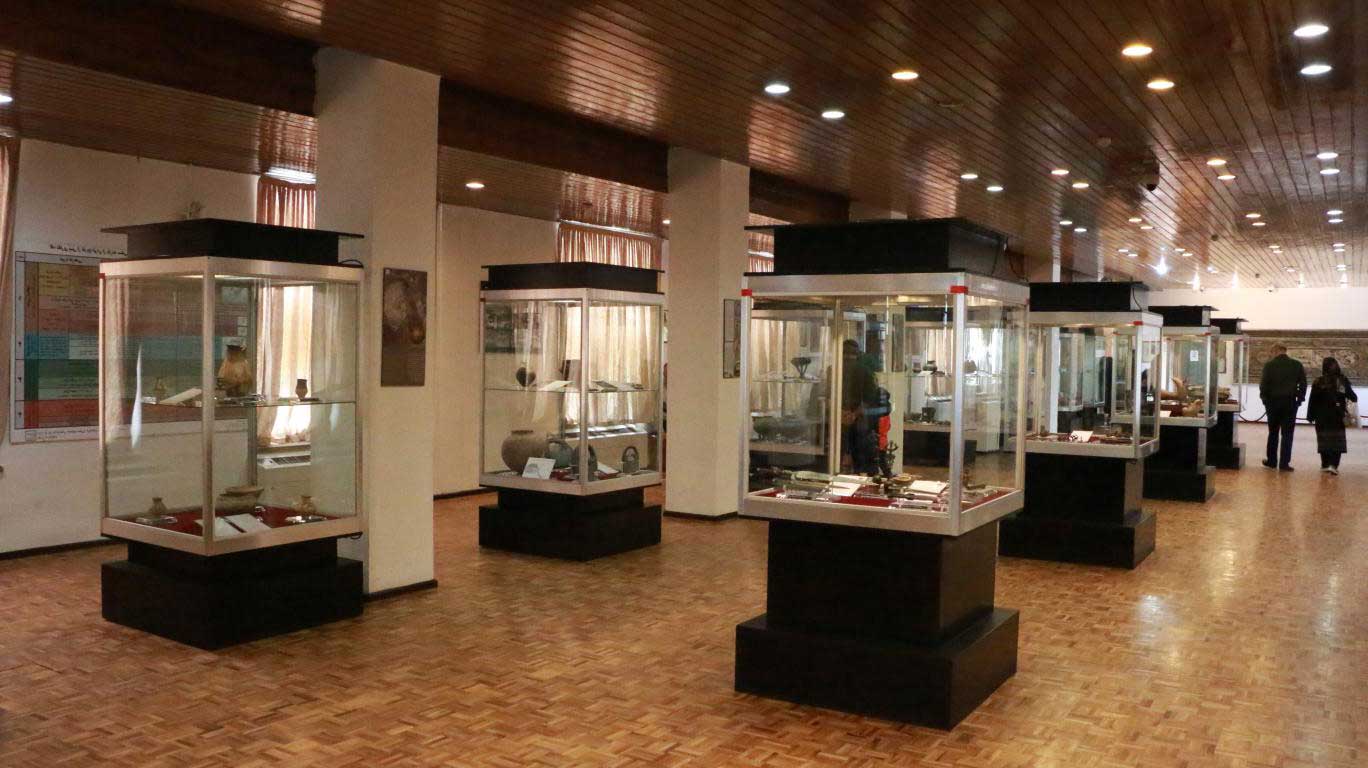 Azerbaijan Museum, Tabriz, Iran
Azerbaijan Museum, Tabriz, Iran
Qara Kelisa
Qara Kelisa or the St. Thaddeus Church, is located in Chaldoran, northwest Iran. this beautiful church is one of the oldest and most notable surviving Christian monuments of Iran. Qara Kelisa carries great significance for Iran’s Armenian Orthodox community.
Armenians believe that Qara Kelisa is the world’s earliest church ever built and was constructed in 68 AD by one of the apostles of Jesus, Saint Thaddeus, who traveled to Armenia, then part of the Persian Empire, to preach the teachings of Christ.
Qare Kelisa is composed of two parts: a black structure, the original building of the church from which it takes its name and a white structure, the main church, which was added to the original building’s western wing in 1810 CE.
There is an ancient chapel two km northwest of the church which is said to have been the place where the first Christian woman, Sandokht, was martyred. This chapel is believed to be as ancient as Qara Kelisa.
Holding the Qara Kelisa (black church) Complex annual religious ceremony of Armenians known as Badarak is the symbol of religious minorities’ freedom in exercising their rituals in the Islamic Republic of Iran.
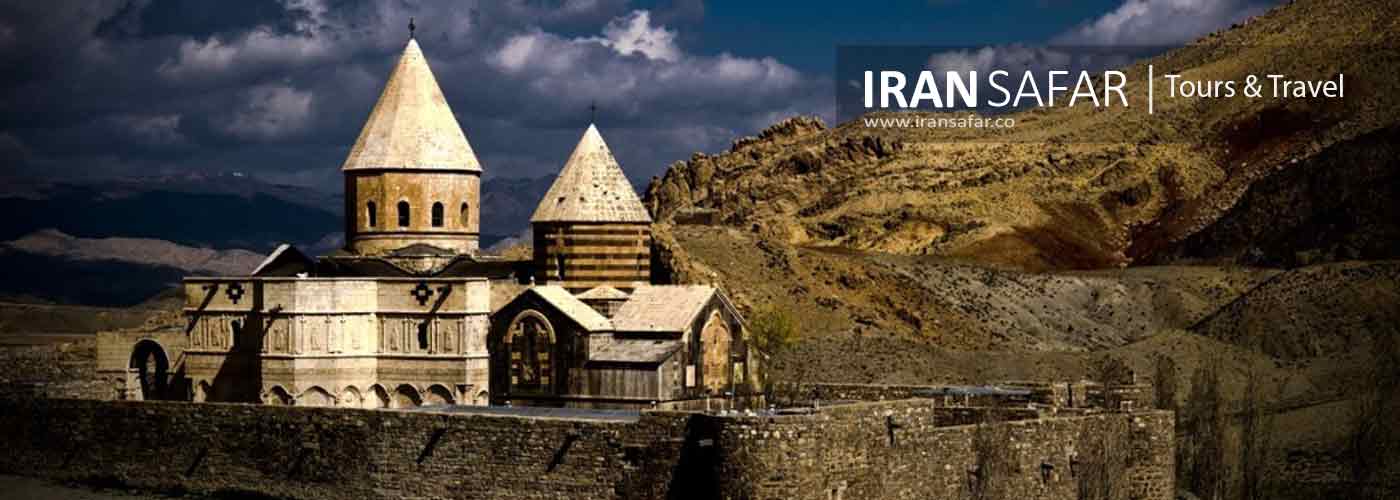 Qara Kelisa, Azabajan
Qara Kelisa, Azabajan
Kandovan Village
This village of Tabriz is one of the most unique and rare villages in the world, whose original and beautiful landscapes caress the eyes of every viewer. Kandovan is an astonishing ancient village located in East Azarbaijan province, near the city of Tabriz, Iran. With at least 800 years of historical background, this remarkable place welcomes visitors with its scenic beauty.
Inhabited by 670 people, Kandovan village is carved inside rocks and its famous rocky architecture is the main attraction of the place. The beehive-like houses (some of them 700 years old) are said to be partially formed by volcanic remains from Mount Sahand eruptions of centuries ago. The inhabitants, basically, have hewn every room out of the cliff to make kitchens, halls, and bedrooms with windows decorated with stained glasses.
Kandovan is one of the world’s three rocky villages of the kind and the only inhabited one. The architecture of Kandovan village and the current life-style of the locals in its old-fashion form is an exception in the world, since no one lives in its homologous Cappadocia (Turkey) anymore.
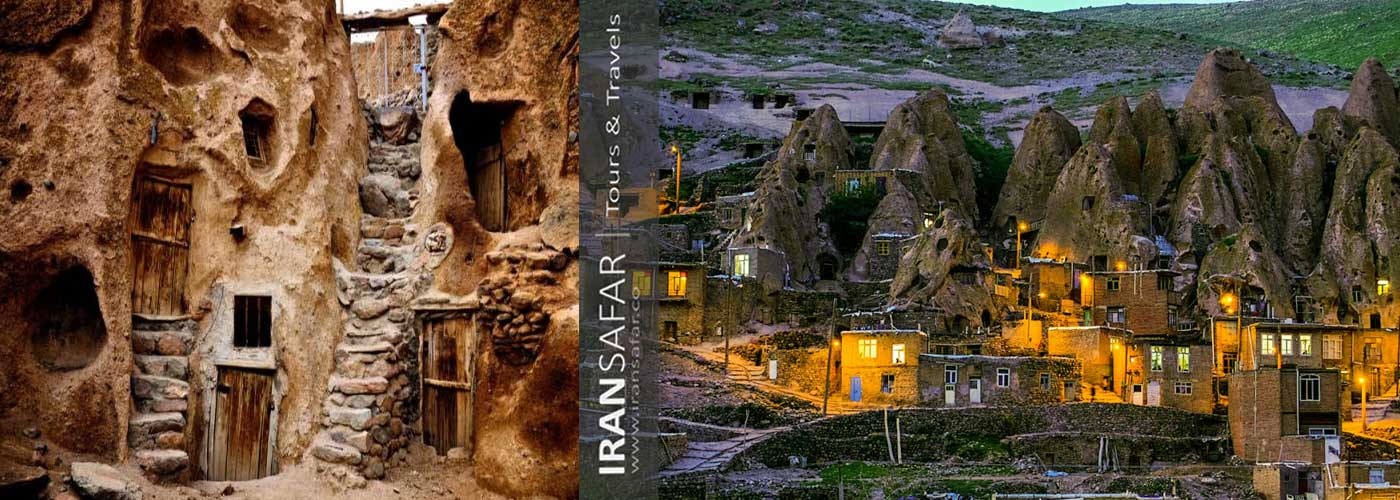 Kandovan Village, Tabriz, Iran
Kandovan Village, Tabriz, Iran

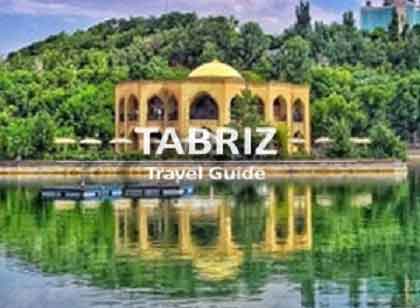

I shall go to Tabriz on 6th March in this year.Your guide lines is very helpful me.Thanks.
Hello
Welcome to Azerbaijan tabriz &iran
tabriz one of the biggest city in Azerbaijan iran
tabriz is so lovely
Come in tabriz …it’s amazing place .it’s number one in Iran .With confectionaries and delicious turk foods such kebabs and küfte …..